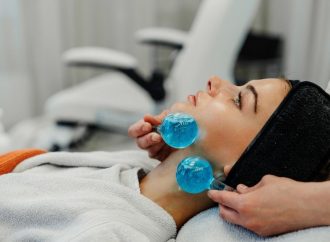Introduction: As the summer season heats up, so does the topic of pool hygiene. One of the most controversial and often disregarded behaviors is peeing in the pool. While it may seem harmless or even unavoidable to some, recent scientific research has uncovered a hidden truth: the chemical reactions caused by urine in swimming pools
Introduction:
As the summer season heats up, so does the topic of pool hygiene. One of the most controversial and often disregarded behaviors is peeing in the pool. While it may seem harmless or even unavoidable to some, recent scientific research has uncovered a hidden truth: the chemical reactions caused by urine in swimming pools can have serious health consequences. In this article, we delve into the surprising chemical reactions and the potential risks associated with peeing in the pool.
Chemical Chaos:
When urine mixes with chlorine-treated pool water, a series of chemical reactions occur. Chlorine, the primary disinfectant used in swimming pools, reacts with organic compounds found in urine to form various disinfection byproducts (DBPs). These DBPs, such as chloramines and trihalomethanes, can pose health risks when present in high concentrations.
Chloramines: The Eye-Stinging Culprits:
One of the most common disinfection byproducts formed when urine combines with chlorine is chloramines. These compounds can irritate the eyes, causing redness, itching, and a stinging sensation. Swimmers often attribute these symptoms to “too much chlorine,” but in reality, they are the result of insufficient chlorine levels due to its reaction with urine.
Trikosan and Trihalomethanes: Health Hazards:
In addition to chloramines, the reaction between urine and chlorine can also produce trikosan and trihalomethanes. Trikosan, a compound found in some personal care products, can mix with urine and chlorine to create harmful chlorinated byproducts. Trihalomethanes, on the other hand, are a group of chemicals associated with potential health risks, including respiratory problems and an increased risk of certain cancers.
Respiratory Distress and Asthma:
The release of disinfection byproducts from urine and chlorine reactions can lead to respiratory distress, particularly in poorly ventilated indoor swimming pools. Individuals with pre-existing respiratory conditions, such as asthma, may experience exacerbation of symptoms or increased sensitivity to the air pollutants generated by pool peeing. Children, who often spend more time in the water, may be more vulnerable to these effects.
Maintaining Water Quality:
Urine introduces additional organic matter into pool water, reducing the effectiveness of chlorine as a disinfectant. To combat this issue, it is crucial for pool operators and swimmers alike to prioritize water quality. Regular water testing, adequate filtration systems, and maintaining proper chlorine levels are essential to mitigate the risks associated with pool peeing.
Education and Responsibility:
Addressing the issue of pool peeing requires a combination of education and individual responsibility. Swimmers should be encouraged to use restrooms before entering the pool and practice good personal hygiene. By fostering a culture of awareness and responsibility, we can minimize the potential health hazards associated with urine in swimming pools.
Conclusion:
While peeing in the pool may be viewed as a harmless act, the chemical reactions that occur between urine and chlorine pose hidden risks. Chloramines, trikosan, and trihalomethanes can cause eye irritation and have potential long-term health consequences. Maintaining water quality and promoting education and responsible behavior are vital steps in ensuring a safe and enjoyable swimming experience for all.























Leave a Comment
Your email address will not be published. Required fields are marked with *